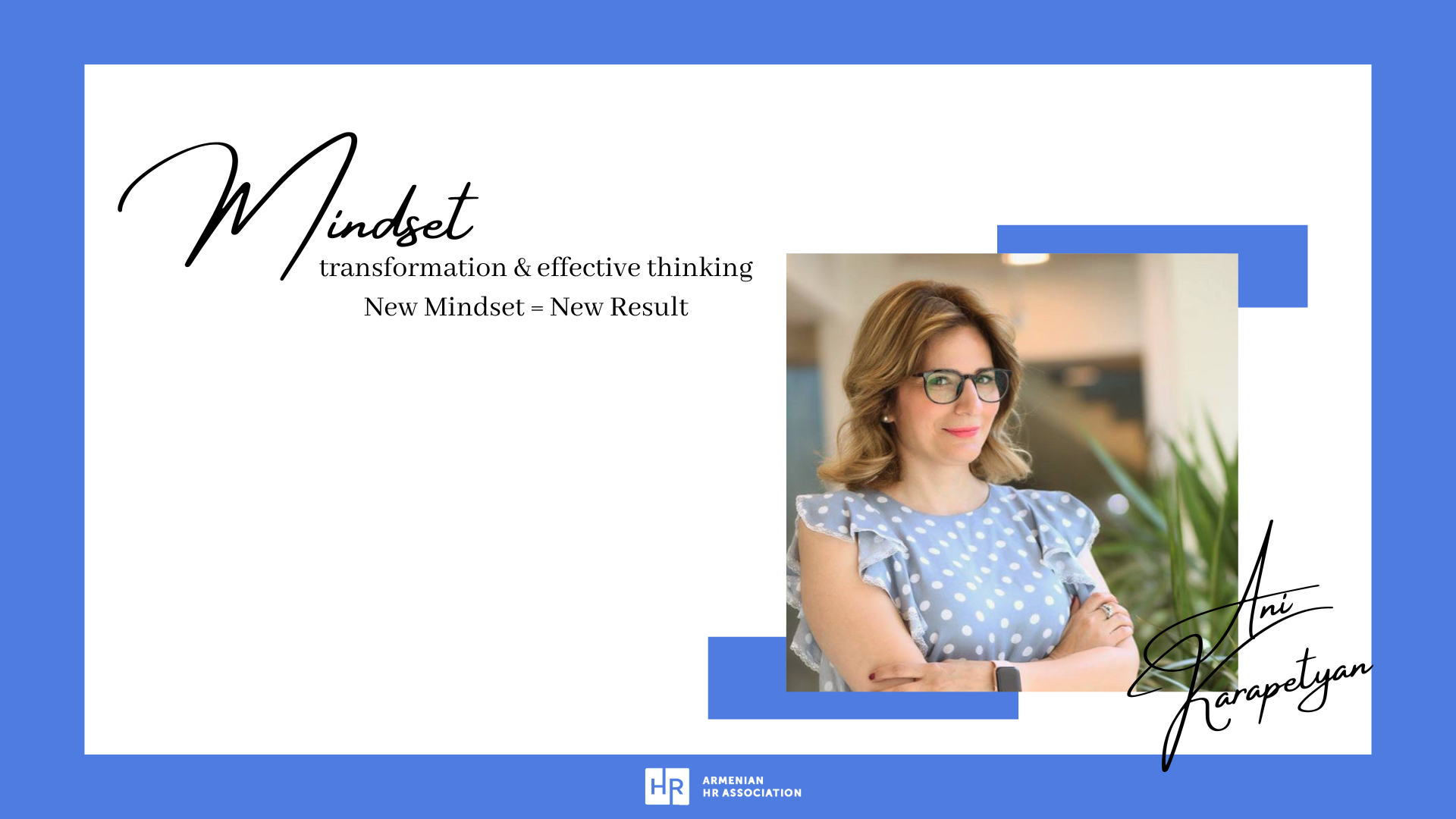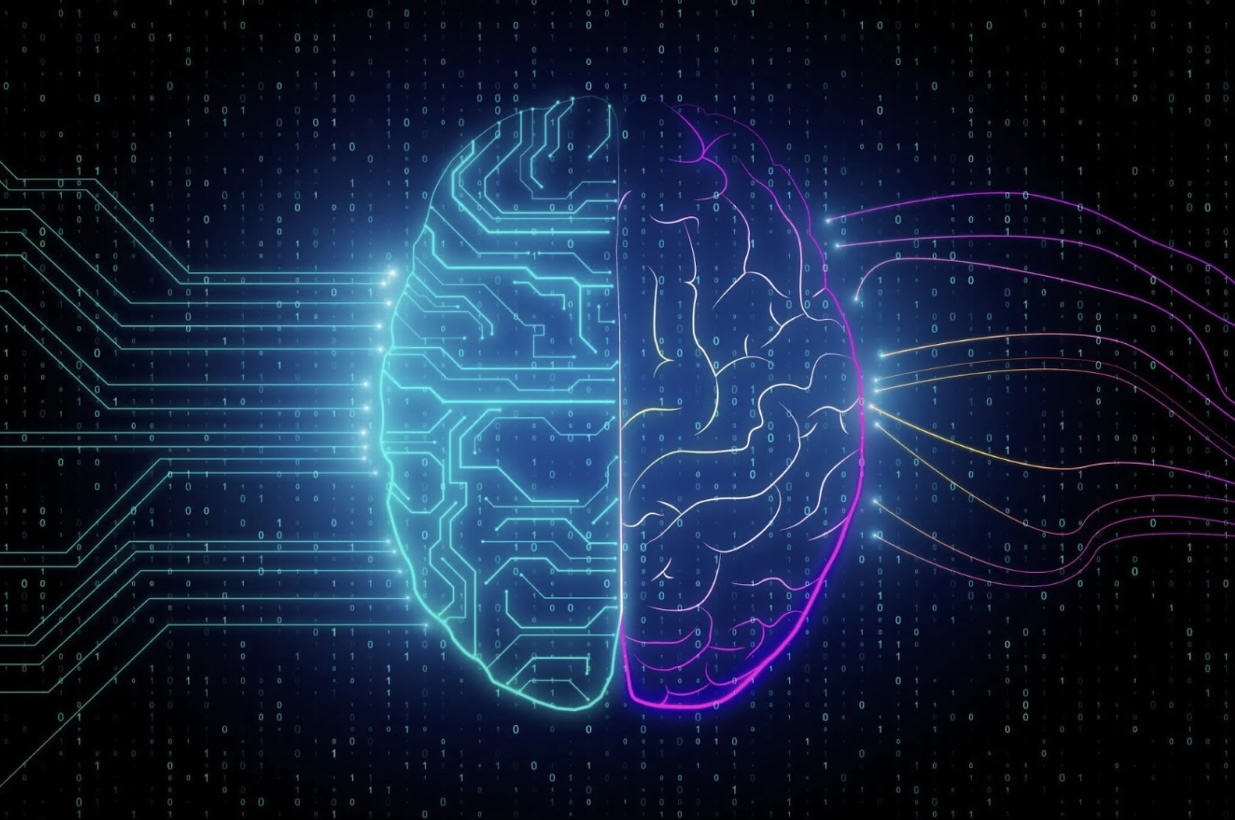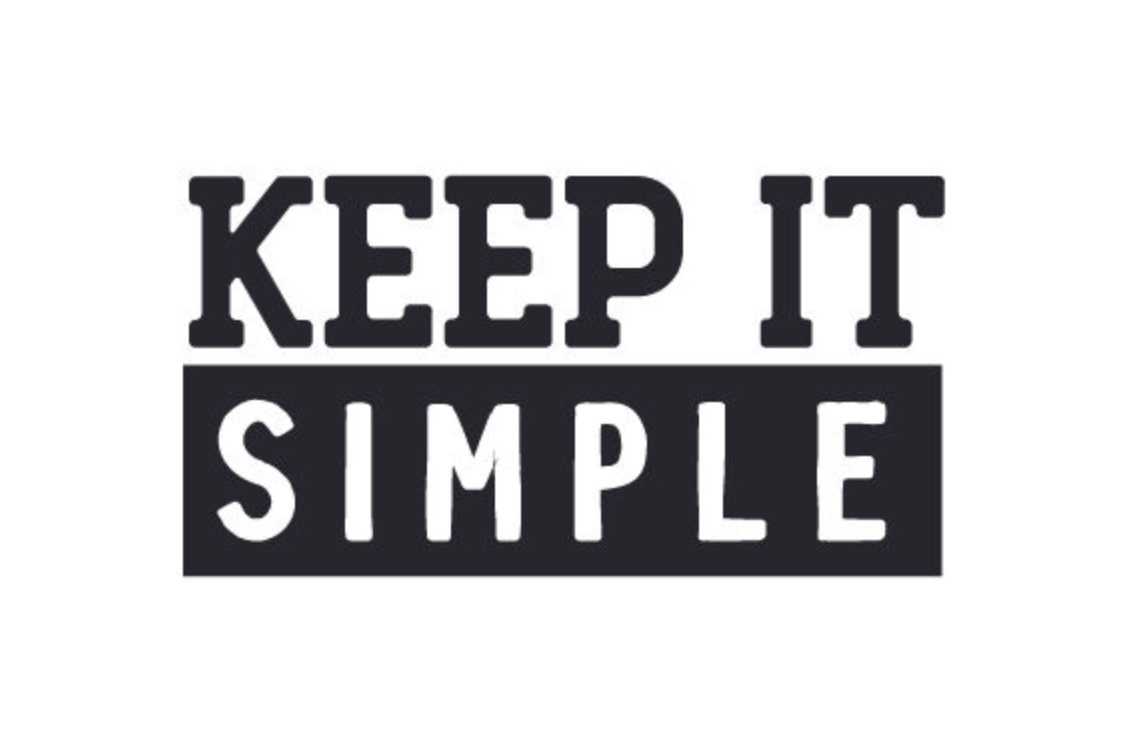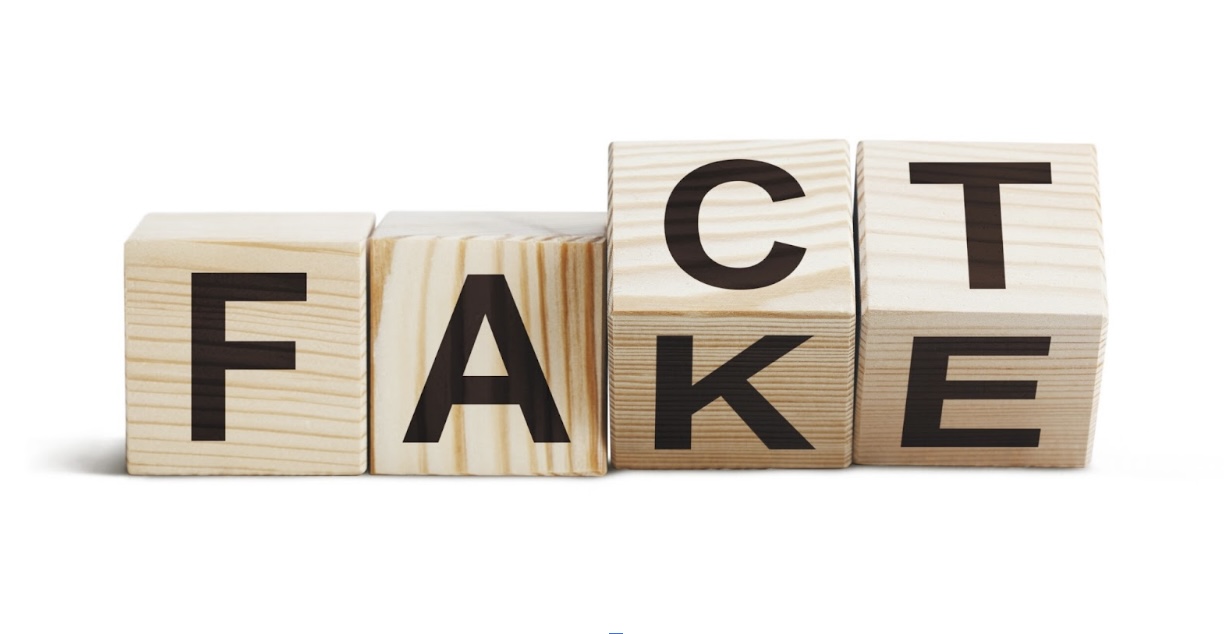
Problems cannot be solved with the same mindset which have created them
Albert Einstein
Transformation is truly about a mindset shift. Without it, zero amount of technology can successfully transform the organization. Effective thinking is primarily a physiological process. Mindset transformation cannot happen in isolation from new knowledge and external facts.
Therefore, we cannot be effective if we don’t master our thought process and don’t know the characteristics of our brain.
First of all we should.
- Realizing the limitations of one person’s “thinking”,
- Recognizing the “traps” of stereotyped thinking,
- Ability to create maps of “new reality” through “thinking”, accepting dissent,
- Ability to find effective solutions to the problem, effective decision-making tool.
For effective thinking is necessary create a “fact map” first on paper, then in the head.
What does it give us?
- awareness of internal and external limitations,
- allow the brain to see and find all possible solutions.

Before collecting facts about the problem, puts down on paper all our thoughts and considerations about a problem that first comes to mind when we start thinking about the problem. Through all this, our working memory is free and ready to introduce new thoughts. This is the first part of the process of noticing alternatives, which is carried out at the unconscious level through the default mode network of the brain.
Default mode network (DCM)
What is DCM? In 1997, neuroscientist Gordon Shulman discovered that the human brain continues to maintain its activity even at rest, if it does not have a clearly fixed problem. In 2001, another American neuroscientist, Max Reischl, officially published the results of that experiment, named the phenomenon “Default mode network”. The idea of the latter is as follows. The part of the human brain that is responsible for solving problems and making effective decisions, without having a clearly fixed problem and facts, continues its work and solves its internal problems and contradictions, which are mainly of a social nature.
Therefore, it is necessary.
- clearing RAM of our operating memory,
- concentration,
- importing facts,
- realizing the awareness of the limitations of “us” and the external environment.
The way to all this above mentioned is to make the brain capture the existing problem, focus on solving the problem and use the potential of the default system – DCM – to solve the existing problem. This method, is to “cheat” our “ordinary” thinking, which is one of the bests.
Standard human thinking presupposes a coherent and smooth contribution of facts to the existing “story” and getting the result which will satisfy everyone and will not cause conflicts with the problem solver. And every time we are faced with an unmanageable problem that process overlaps. Alternatives to the solution obtained in this way cannot be considered “real” effective thinking, so they will always be “imitations” of effective thinking.
The human brain has a “translator” section located in our frontal lobe. It is the task of the “translator” to make everything we deal with clear and understandable without having to deeply understand what is going on.
Axioms of effective thinking
- is lazy and hates uncertainty.
- almost tries to ignore the nuances of the situation.
- explains the “unintelligible” in a comprehensive way.
If we saw, we need to solve the problem effectively overcome 3 habits.
- The comprehensive fact,
- The obvious fact,
- The clear fact.
Theorems of effective thinking
- “operational” memory is not able to store more than 3 dynamic objects or elements related to the situation at the same time,
- Default mode network already known to us – the default system is able to keep up to 150 elements related to the situation in its focus.

First of all thinking is the work of our subconscious, that’s why we need to stop and take into account more other people’s experiences, which will increase our thinking skills and make our brain see alternatives by importing into our working memory.
Therefore, the brain is designed to be a “social” thinker but not an “abstract” thinker. You cannot work effectively without distracting “it” from “society”. The thinking server is the one and it is constantly occupied with “nonsense”. In the scientific literature it is called “intellectual gum”. Either one or the other.
- “intellectual chewing gum”
- “focused thinking”

Distortions of thinking
“Distortions of thinking” can be divided into 3 groups.
1. Formed as a result of evolution: “endowment effect” – a person values and preserves everything he already has.
2. Formed by the physiological features of the brain – distortion of reality in the presence of limitations of consciousness,
3. Prejudices, convictions, the tendency to submit to authority created by the fact that a person is a “creature” in society.
The principles of cognitive thinking are:
- The brain needs 23 minutes and 15 seconds of preparation time to perform an effective mental task, in particular, to focus on the object of the problem.
- Mindset is a critical inner resource that can increase our chances of success in both our personal and professional life path.
- Thinking is the only possibility for consciousness to create a “new reality” that ensures ways to see alternatives for problem solving.
To be successful, it is not enough to just create a fact mapping, you also need to apply it all.
Depending on which “type” of thinking we belong to, such as our basic worldview, we may think in a unique way.
They are mainly 3.
- sees the world through his own prism, is guided by emotions,
- likes order and values hierarchy,
- understands only reality with a clear logical chain.
As a summary we can say.
- Our task is to immediately apply the received knowledge and insights, because if we do not apply each knowledge, it is subject to distortion by thinking.
- The development of the physiological capabilities of our brain lasts from birth to the age of 25, then it is up to us to learn to use its full potential through new knowledge, new opinions, new worldviews.

Therefore, first of all, the brain of an adult needs effective use, because in other equal conditions, it will lose its development, and that is impossible without joint work, new knowledge and non-acceptance of disagreement.
That’s how we are created, “we don’t know what we don’t know”, and that consciousness should be in the agenda of each of us, otherwise we will always be ineffective in making decisions.
Article author: Ani Karapetyan
